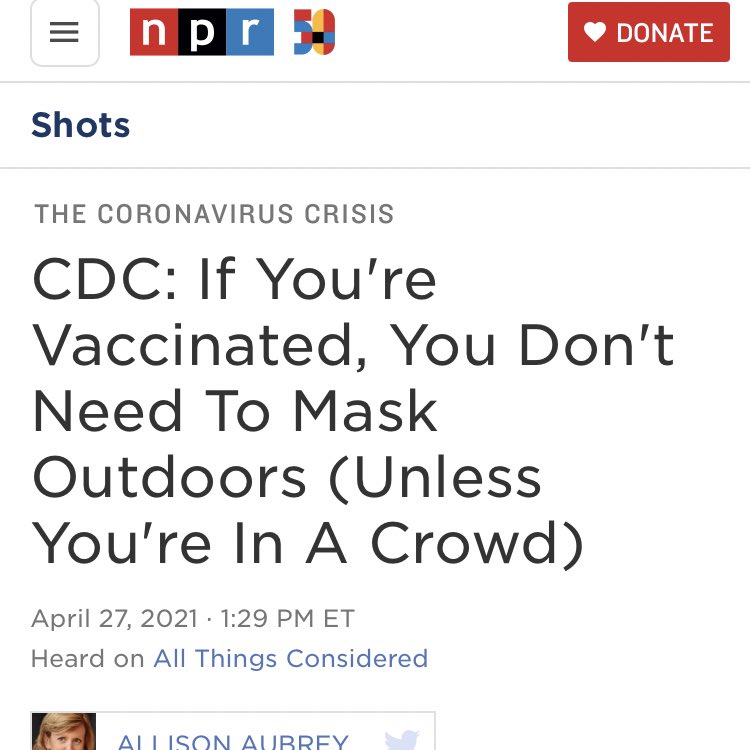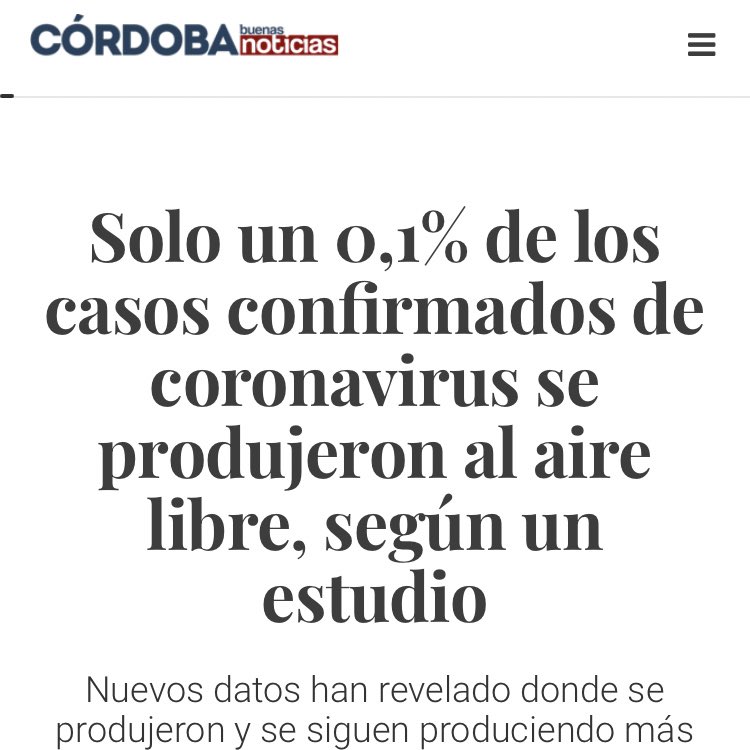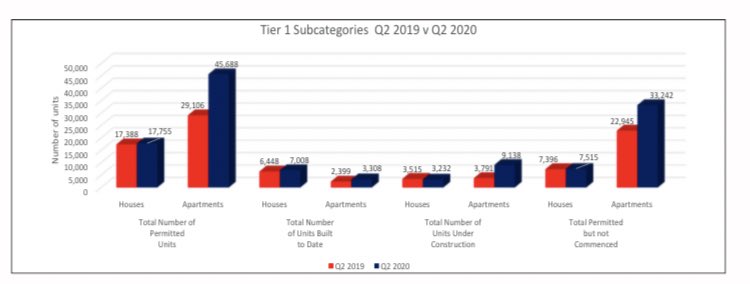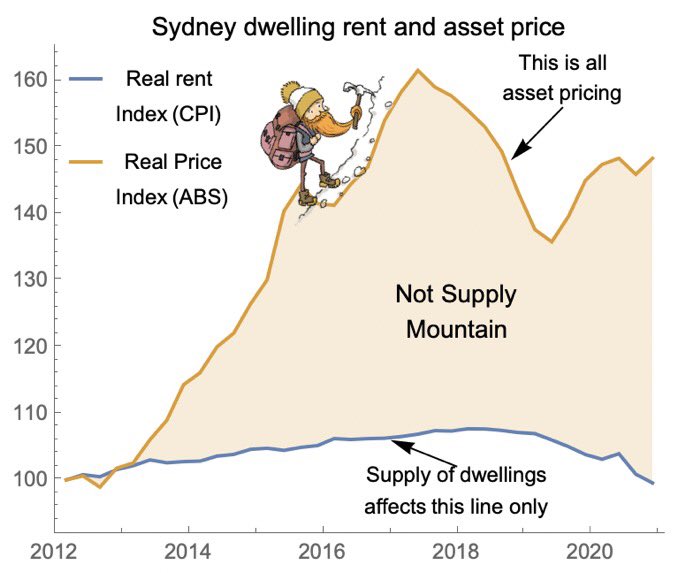
‘1 in 1,000 cases traced to outdoor transmission’ has now been reported around the world as research from Ireland
To correct record: this isn’t a research study & isn’t valid
Here’s why... 1/
npr.org/sections/healt…
To correct record: this isn’t a research study & isn’t valid
Here’s why... 1/
npr.org/sections/healt…
basis of ‘1 in 1,000’ is 262 cases in 42 outbreaks
*only from outbreaks where >2 infected, & not all cases
*only from places that ~may~ be outdoors (21 construction, 20 sport & 1 in community)
& this 262 is compared to ~total~ 232,164 cases recorded in Ireland (to 24 Mar 21) 2/
*only from outbreaks where >2 infected, & not all cases
*only from places that ~may~ be outdoors (21 construction, 20 sport & 1 in community)
& this 262 is compared to ~total~ 232,164 cases recorded in Ireland (to 24 Mar 21) 2/
Meanwhile this ~research~ has flown around the world, & risks influencing people’s behaviour & public policy 3/ 







it’s a fast moving situation & media are under pressure... but we all have ethical responsibilities when speaking publicly in a health emergency 4/
• • •
Missing some Tweet in this thread? You can try to
force a refresh





